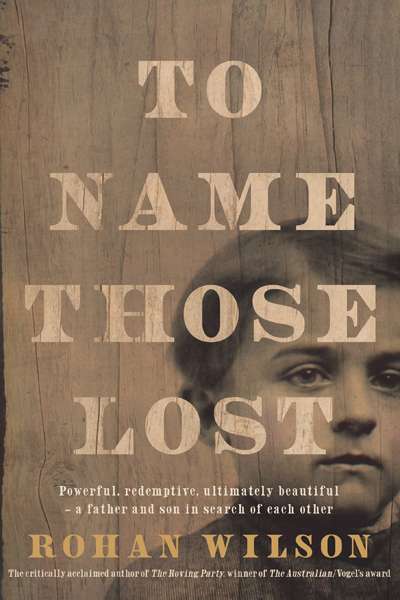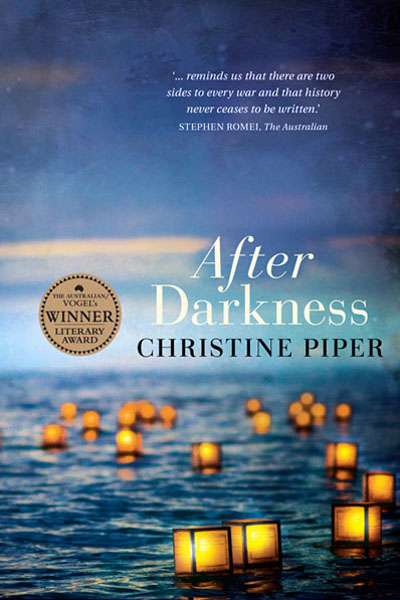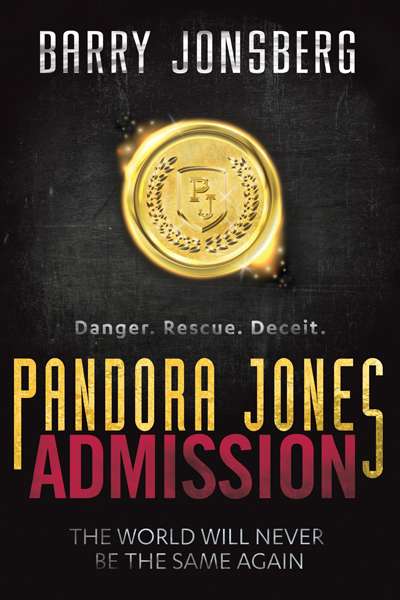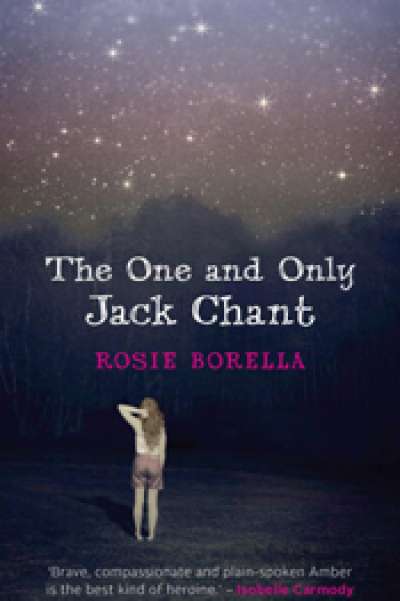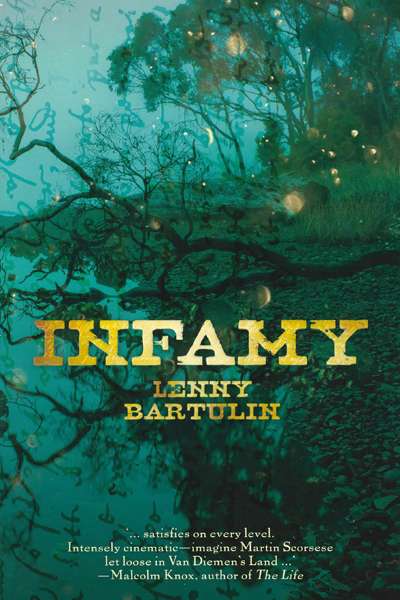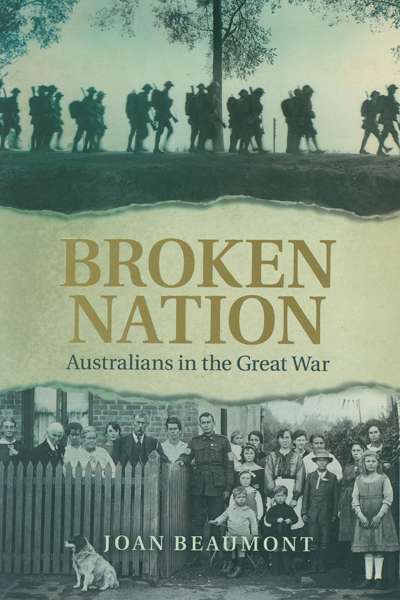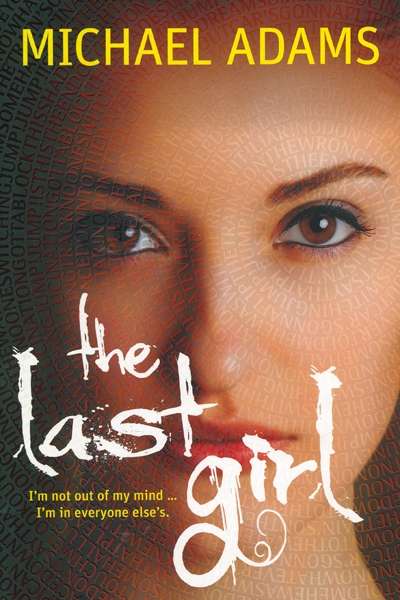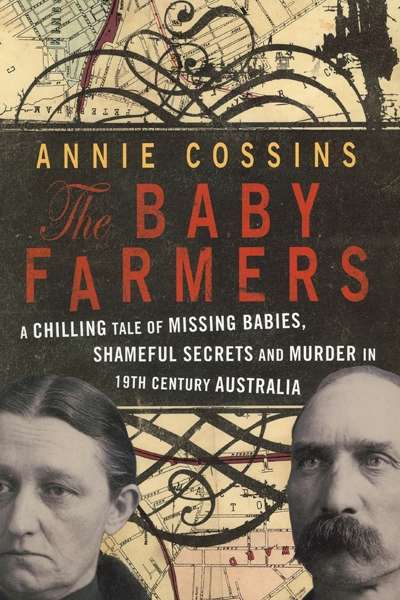Allen & Unwin
Anybody who knows a little about the role played by Australian horses in World War I will know that the story did not end well for the horses: 136,000 left these shores, and one returned. Readers of Morris Gleitzman’s Loyal Creatures (Viking, $19.99 pb, 160 pp) who are unaware of this statistic might be in for a shock.
At the outbreak of war, Frank Ballantyne, not quite sixteen, is working with his father, sinking bores and locating water for farmers in the outback. It is a skill that will serve Frank and the army well in the deserts of Egypt and Palestine, which, after lying about his age, he finally reaches – with his horse Daisy, and his father, who has also enlisted – in 1915.
... (read more)Pandora Jones by Barry Jonsberg & Crooked leg road by Jennifer Walsh
by Margaret Robson Kett •
The One and Only Jack Chant by Rosie Borella & The Haunting of Lily Frost by Nova Weetman
by Maya Linden •
Rules of Summer by Shaun Tan & Kissed by the Moon by Alison Lester
by Margaret Robson Kett •

